42+ SAMPLE School Program Proposal
-
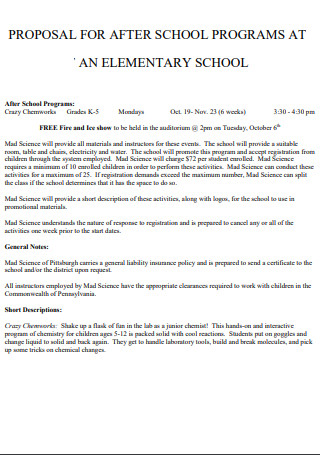
Elementary School Program Proposal
download now -
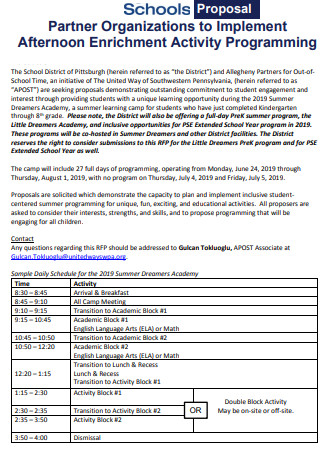
School Activity Programming Proposal
download now -
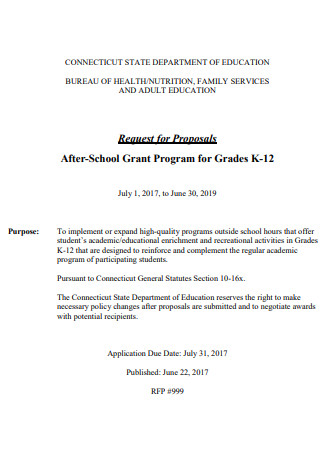
After School Grant Program Proposal
download now -
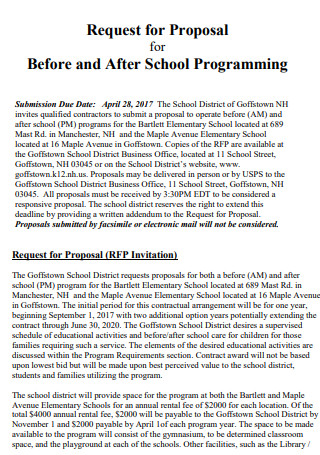
Before and After School Programming Proposal
download now -
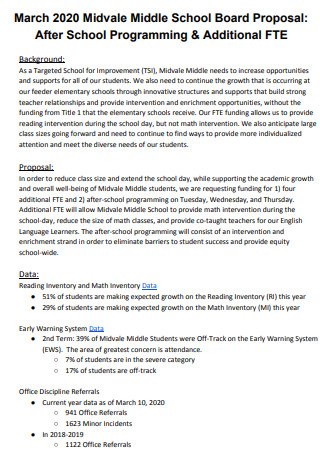
Middle School Program Proposal
download now -
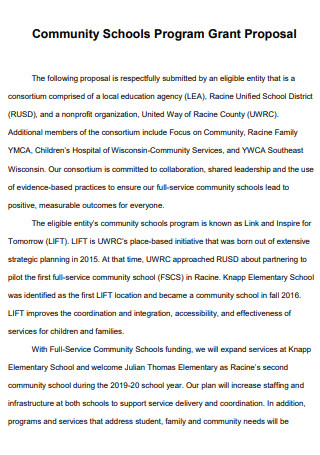
Community Schools Program Grant Proposal
download now -
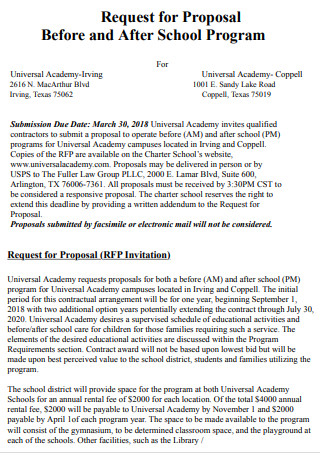
Before and After School Program Proposal
download now -
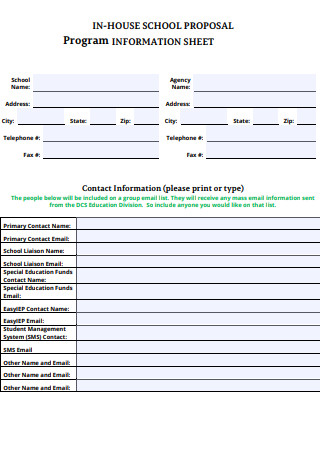
School Program Proposal Information Sheet
download now -
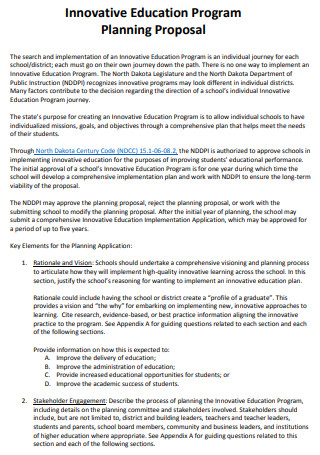
Innovative Education Program Planning Proposal
download now -
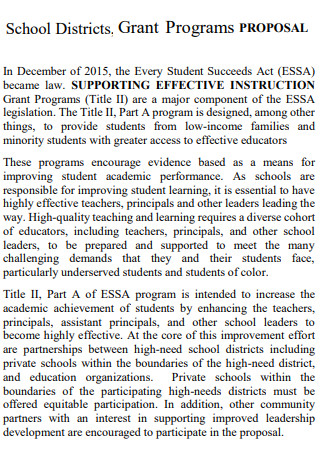
School District Program Grant Proposal
download now -
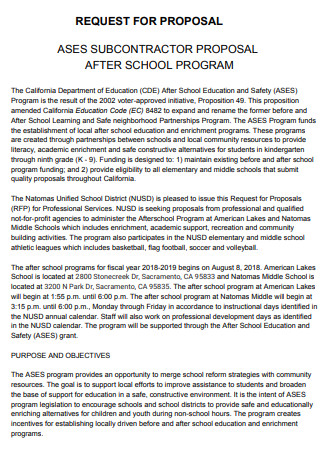
After School Program Proposal
download now -
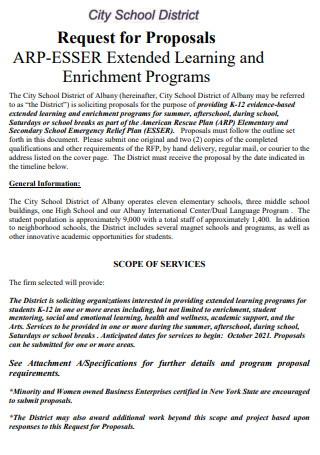
School Enrichment Program Proposal
download now -
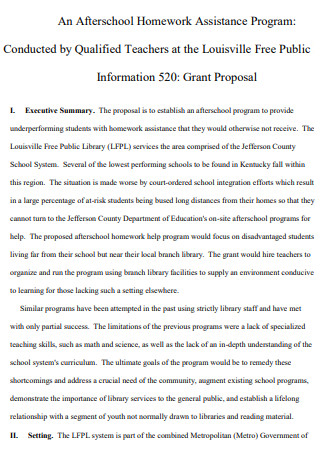
School Assistance Program Proposal
download now -

School New Program Proposal
download now -
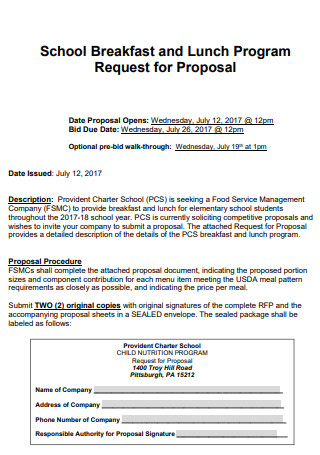
School Breakfast Program Proposal
download now -
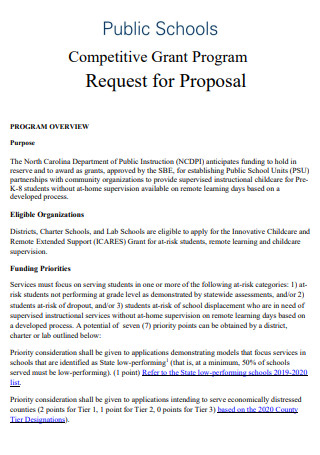
School Competitive Grant Program Proposal
download now -
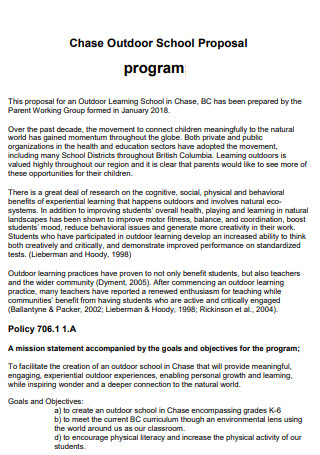
Outdoor School Program Proposal
download now -
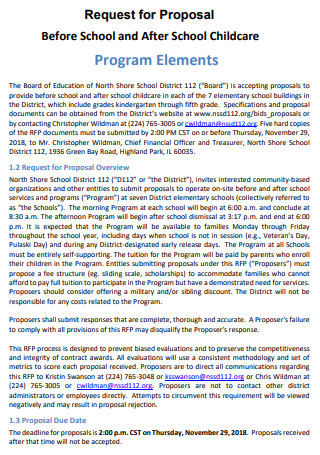
School Childcare Program Proposal
download now -
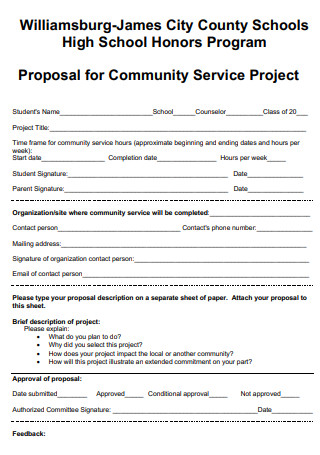
High School Honors Program Proposal
download now -
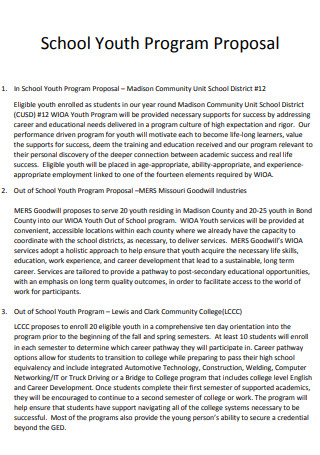
School Youth Program Proposal
download now -
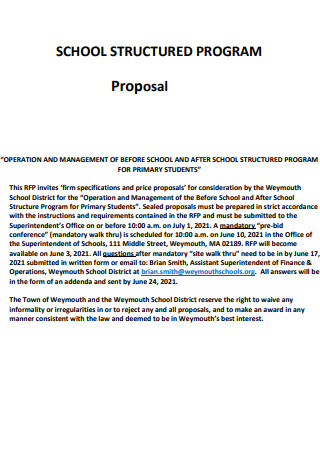
School Structured Program Proposal
download now -
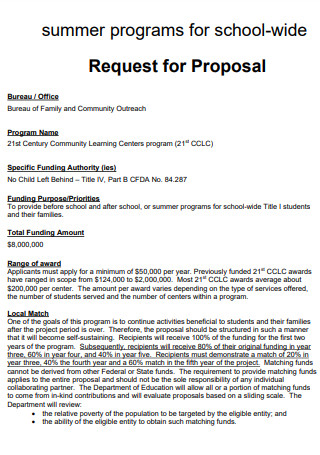
School-Wide Program Proposal
download now -

Medical School Program Proposal
download now -
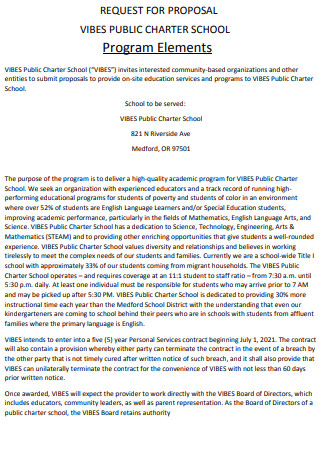
Sample School Program Proposal
download now -
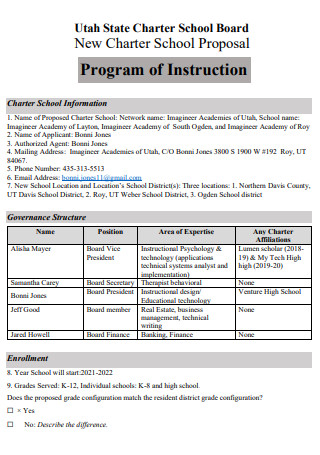
New School Program Proposal
download now -
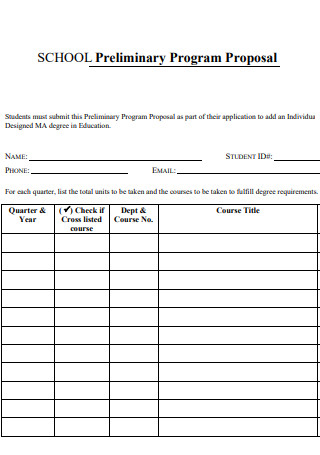
School Preliminary Program Proposal
download now -
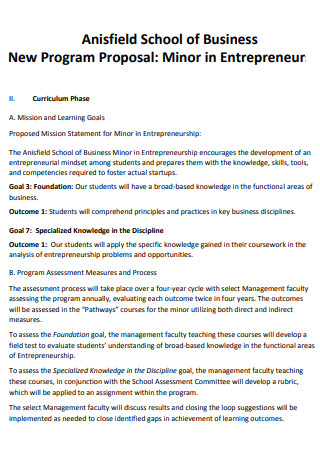
School of Business Program Proposal
download now -
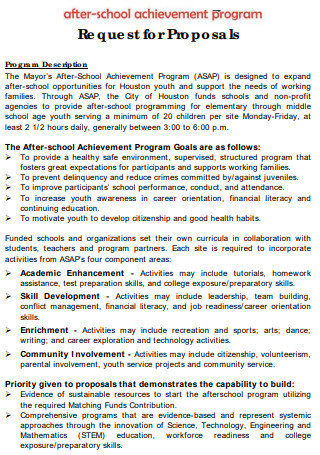
After School Achievement Program Proposal
download now -
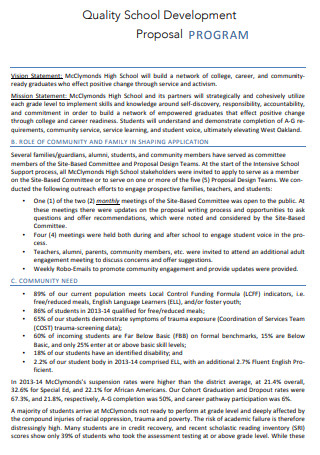
Quality School Program Proposal
download now -
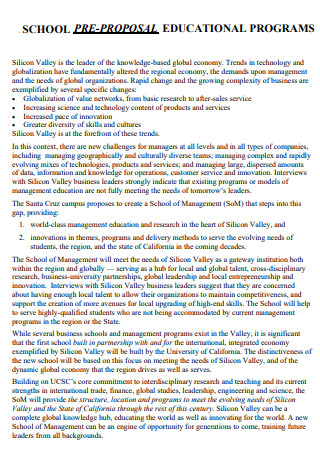
School Program Pre Proposal
download now -
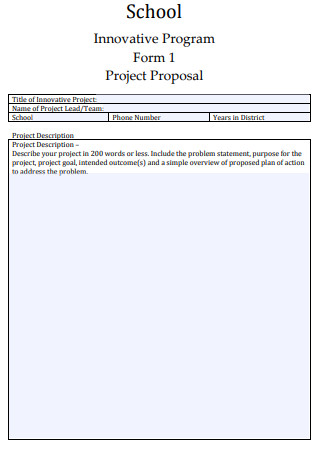
School Innovative Program Proposal
download now -
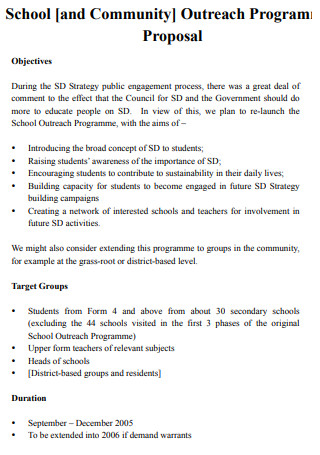
School Outreach Program Proposal
download now -

School Program Proposal Example
download now -
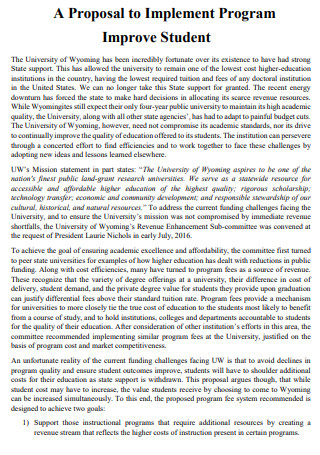
School Implement Program Proposal
download now -
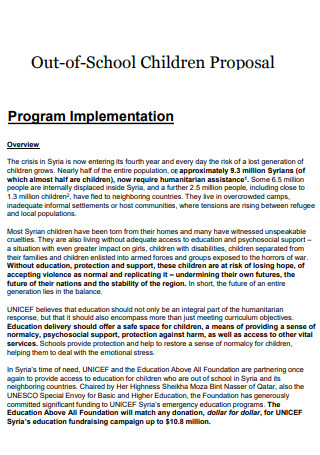
School Children Program Proposal
download now -
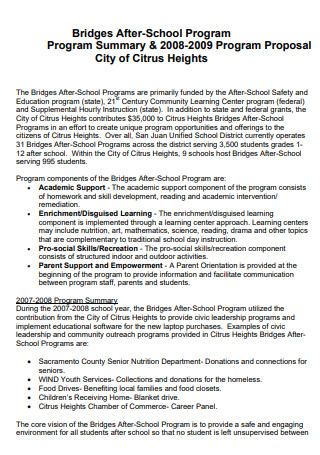
School Program Proposal Summary
download now -
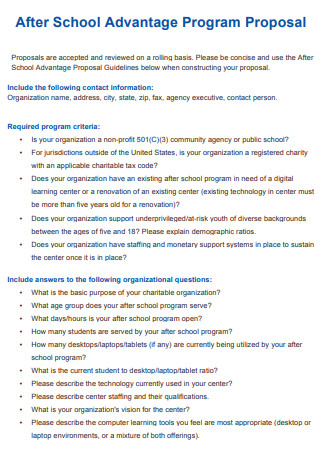
School Advantage Program Proposal
download now -
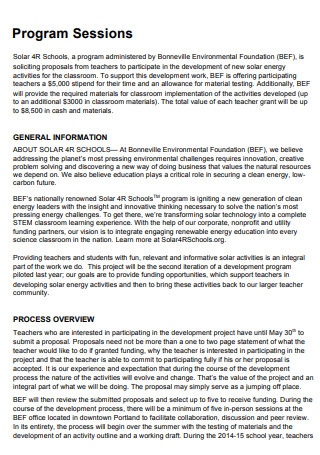
School Program Proposal Template
download now -
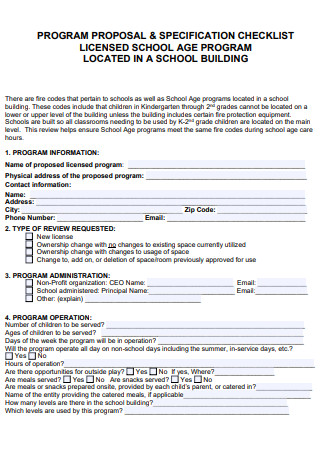
School Program Proposal Checklist
download now -
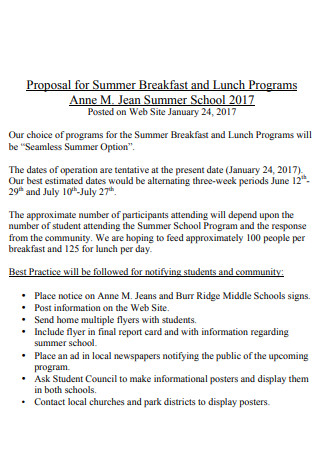
School Lunch Program Proposal
download now -
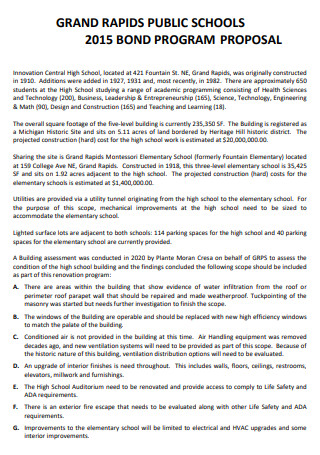
School Bond Program Proposal
download now -

School Meal Program Proposal
download now -
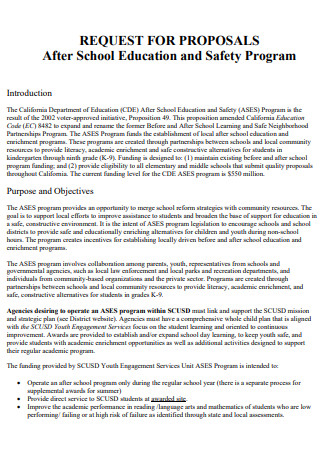
School Safety Program Proposal
download now
FREE School Program Proposal s to Download
42+ SAMPLE School Program Proposal
What Is a School Program?
Benefits of School Programs
Tips for Academic Program Success
How To Write a Report on Program Evaluation
FAQs
What is the structure of a proposition?
How do you introduce a proposal?
What should be included in a school introduction?
What Is a School Program?
School programs include any activity, event, or function on or off school grounds that is sponsored or approved by the school and where students are under the school’s control; or when school employees are watching students on behalf of the school or are doing other school business. CTE programs are taken part in by 77% of high school students, according to statistics.
Benefits of School Programs
Once upon a time, the most outstanding college applicants had perfect test scores, top grades, and a wide range of extracurricular activities. However, as institutions get more applications each year, the minimum standards to be accepted have altered. Now, elite universities require significantly more, especially extracurricular activities. The admissions officers of today want to see a unified biographical narrative that demonstrates a high level of ambition and initiative. Let’s examine why high school students should participate in extracurricular activities.
Tips for Academic Program Success
Extracurricular activities look pleasing on a college application, enrich your life and the lives of your community members, prepare you for the real world, and are a lot of fun. Regardless of the extracurricular activity, you pursue, it will enhance your four years of high school. In reality, my participation in various community activities led me to a place I could never have imagined: a unique living-learning community at the institution I will attend. But how can you assure that your exercise experience is truly beneficial in the above ways? Perhaps these four suggestions will be helpful.
1. Start Early
Sign up for whatever you see at your high school’s activity fair. There is no downside to acquiring more knowledge, as you can always withdraw if you determine that it is not for you. Unfortunately, gaining entry will be considerably more challenging for many clubs and organizations if you don’t get in on the first floor. As positions and schedules are filled, activities are organized and carried out; you are left with nothing to do, unfun and ineffective. Furthermore, do not wait until your junior or senior year to join. This not only eliminates you from consideration for a leadership role in favor of people with seniority, but it also appears to college admissions officers to be a ruse.
2. Maintain it in whatever manner you see fit.
To remain a vital club member does not necessitate taking the lead on everything, doing all of the work, or being the leader (authoritarian as it may be for all of us to realize). The beauty of school clubs, as opposed to jobs or voluntary commitments, is that you may experience as much or as little as you choose and still be active. I will use the school newspaper as an illustration. Some individuals aspire to be leaders and attend event meetings and on workdays with vigor. They advance as editors and remain engaged, gaining essential skills and assisting one another. Some equally significant individuals do not wish to do this. They stay on staff as writers or photographers and are as integral to the paper as the editors, albeit in different capacities. However, it’s not only the paper. Consider a charitable club as an example. If you like art, design some posters. Create a Facebook or WordPress page for the cause if you are interested in web design. If you want to lead, be a leader in the effort, and if you dislike collecting funds, choose another job. There are countless options if you remain with a club, so don’t quit or avoid joining out of fear of having to do something you dislike.
3. Quality, not quantity
Now that I’ve instructed you to go out and do everything, I’d want to tell you something vital. Don’t go out and do everything, for heavens’ sake! I believe that my main point is that nothing should prevent you from trying something, not that you should try everything. Choose carefully, as this is a substantial time investment. It will not work with careful deliberation if you take on too many responsibilities. Your club will end up with a worthless member whose plate is too full to accomplish anything worthwhile, and you will end up stressed to the nines about all the practical tasks you cannot complete. It is a lose-lose situation that benefits no one. In conclusion, maintain an open mind but also a flexible schedule.
4. Passion over pressure.
Do not act because it appears good on an application. Do not act only because your parents or college counsel want you to. Do not do anything simply because all the cool kids or your buddies are doing it. Do something because you genuinely desire to. This is your existence. Live it. This is your daily itinerary. Fill it as you see fit. This is your tomorrow! Attain it.
How To Write a Report on Program Evaluation
Program assessment, as documented in a program report, is essential to validate your organization’s efforts and show that you succeeded in achieving your goals. Organizations use several formats and structures for their program evaluation reports. Although many program evaluations are utilized only for internal validation and reflection, these reports are frequently used to convey information to individuals outside the organization to secure future financing. A thorough evaluation founded on constant data collecting and record-keeping is essential to guarantee that your clients receive high-quality services.
1. Investigate Your Program
Define the program’s objectives and success benchmarks, and collect all relevant data. Examine the formative features of the program by determining if the program performed as intended. For instance, if your program was scheduled to enroll 800 people in a job-training program and have 85% of them employed three months later, examine enrollment, interview, and employment data to determine if these figures were fulfilled. Examine the summative components – how successful your program was — utilizing data to assess the program’s level of success.
2. Write the Introduction to the Program Report
Write an introduction and background for your agenda report so donors and people outside your organization can understand your evaluation. First, explain your program’s mission and goals in enough detail for people to understand what you did and why. Then, talk about any similar programs that other groups run. Talk about how successful those programs were and whether you think yours will do the same.
3. Explain Your Methodology
Describe your technique, including what you intend to measure and how you intend to measure it. Include the acquired data and how it was collected. If you use complicated statistical techniques, include all applicable calculations and a plain-language explanation for your audience.
4. Discuss Your Findings
Discuss the significance of your findings. Describe whether your program met its objectives, its success, and who it helped. Include graphs and charts in this part to represent your data and make your statistics and outcomes more digestible. Add details from interviews or focus groups to give your findings a human element.
5. Completion of the Program Report
Create recommendations and conclusions for your program report. At the very least, you should summarize whether you believed the program was effective and whether you think it should continue. Discuss any proposed program modifications or expansions; this is entirely theoretical, but it will help you understand your findings and apply them effectively.
FAQs
What is the structure of a proposition?
The general framework of a proposal is as follows: As you can see, a proposal often includes the following: A concise explanation of the problem, solution, expenses, and advantages in the introduction. Issue: The primary definition of the issue, including its subject, objective, primary argument, context, and significance.
How do you introduce a proposal?
A successful opening will explain the goal of the remainder of the proposal; readers should never be left wondering why specific material is being supplied. The beginning of the proposal produces an initial impression on readers. This part is typically easier to write after the proposal’s main body has been completed.
What should be included in a school introduction?
Remember that your introductory paragraph should have a sentence that grabs the reader’s attention and introduces the topic, a statement of the main point or issue you are writing about (your thesis). You will use a summary of the main supporting details, reasons, and facts in each of your body paragraphs.
Finish your proposal by detailing your methods to evaluate the project’s success or failure. Mention the ways you will use to determine whether or not the program’s objectives have been met. Ensure that the proposal’s general content is very detailed and well-written. This is to confirm that your submission is clear and thorough enough for readers to understand what you wish to achieve and how you intend to do it. Download our free example templates provided above to assist you in getting started!
